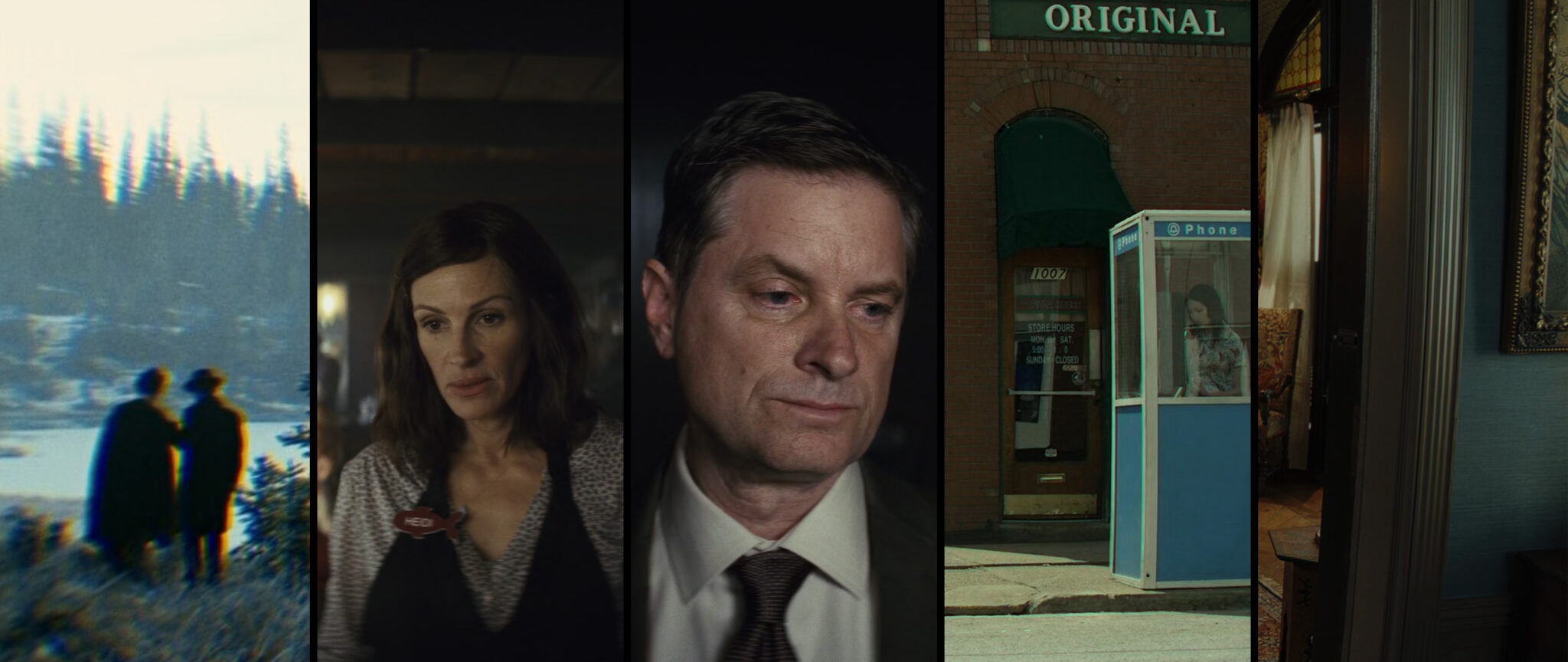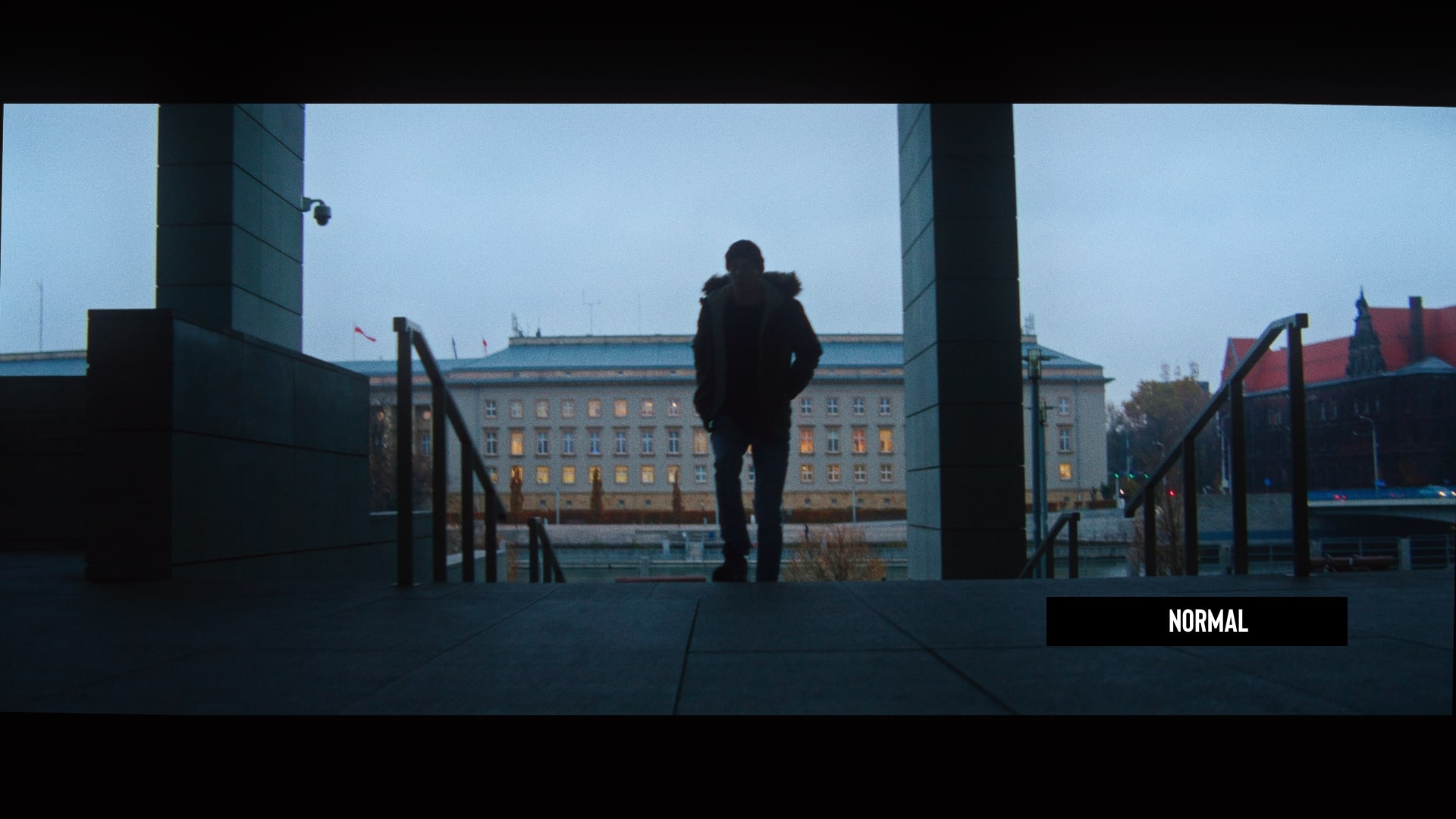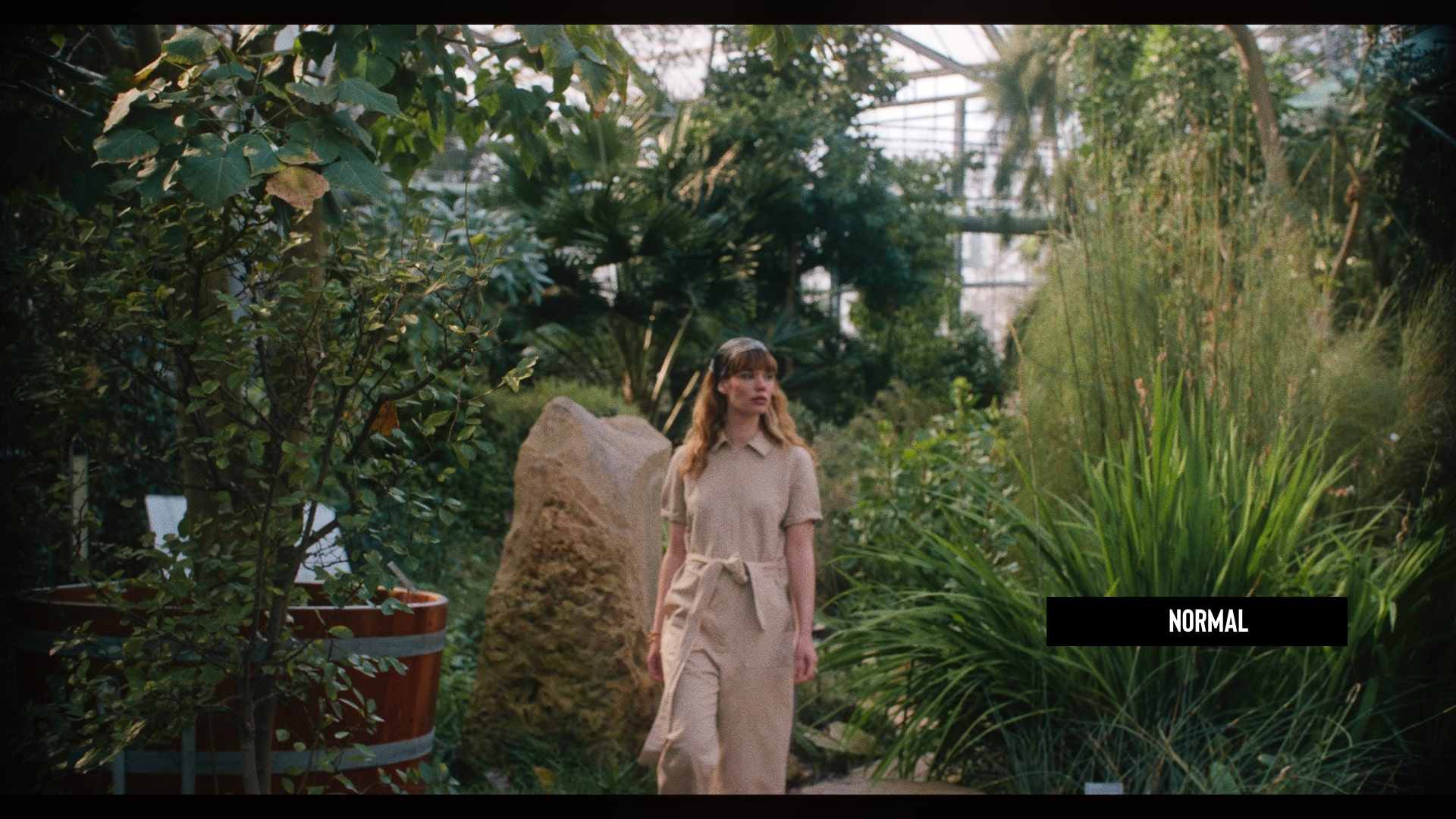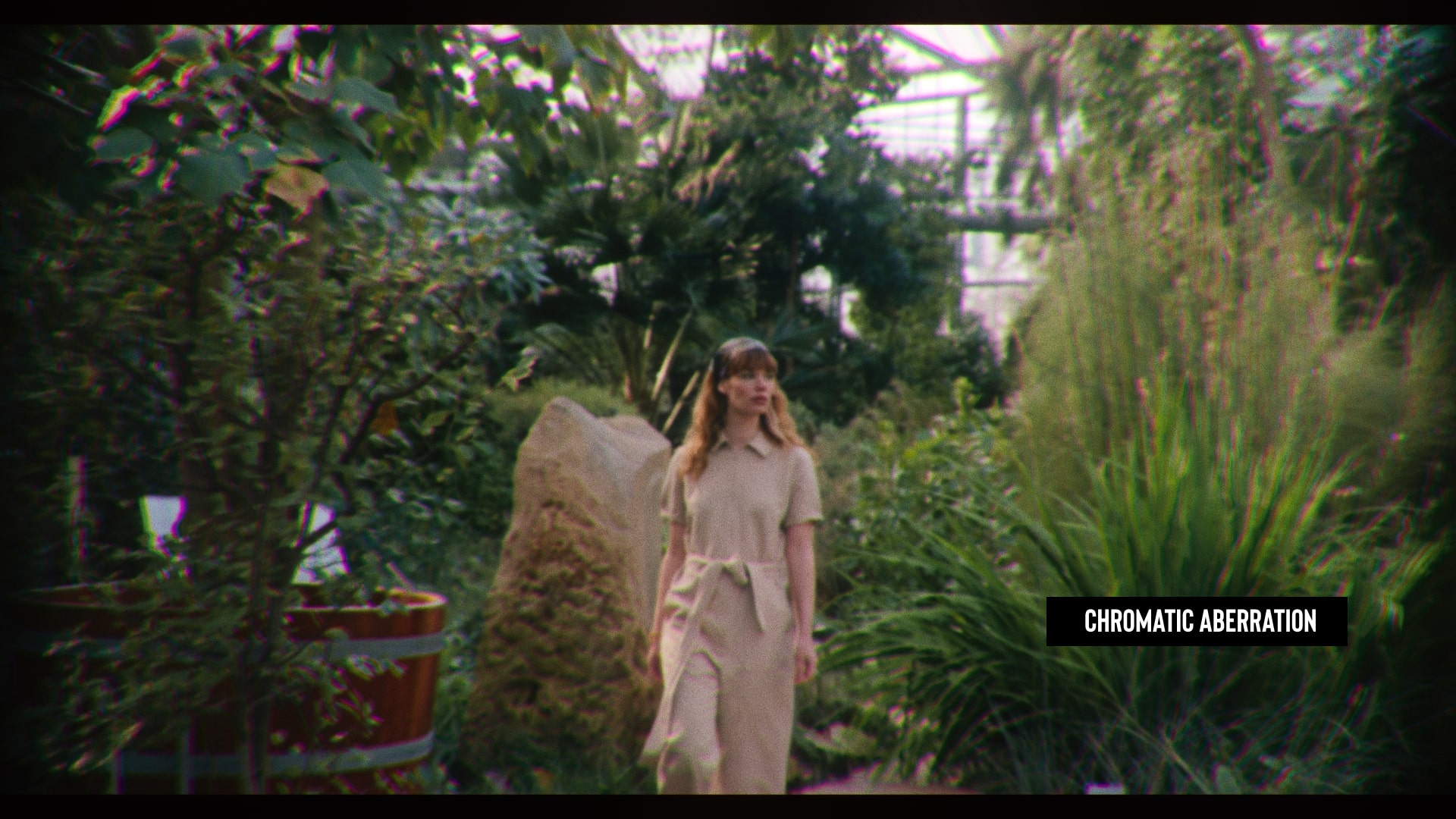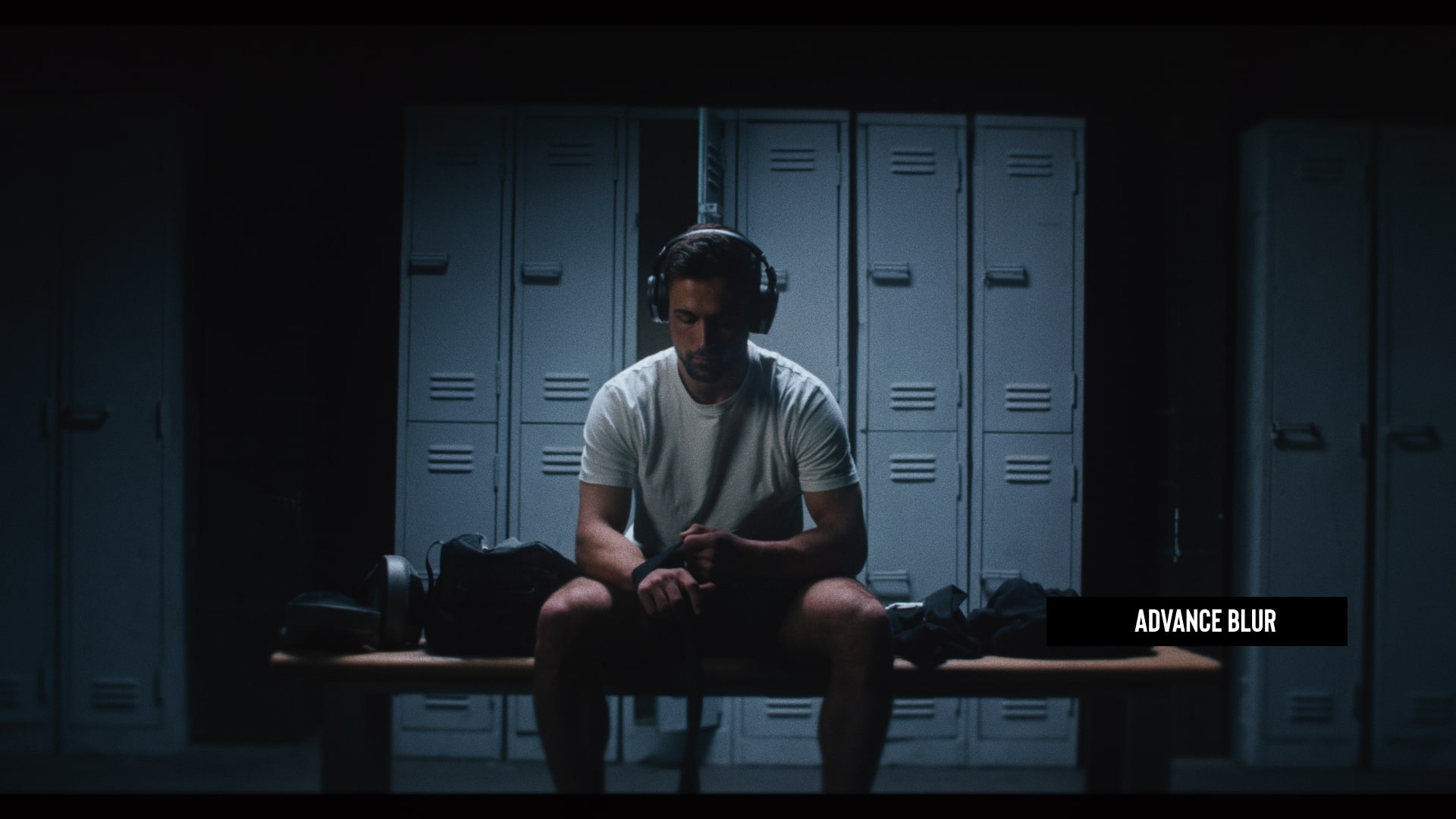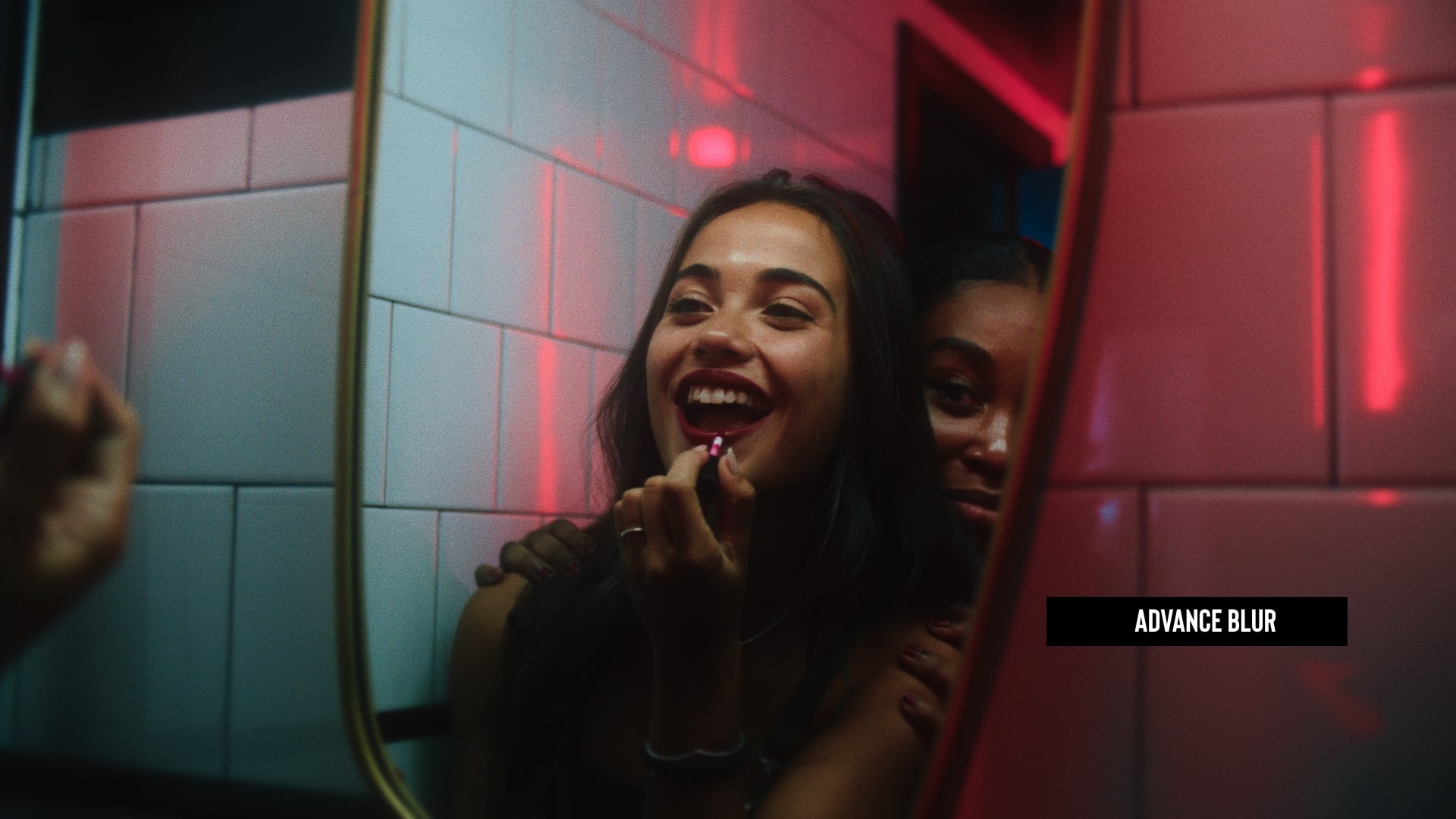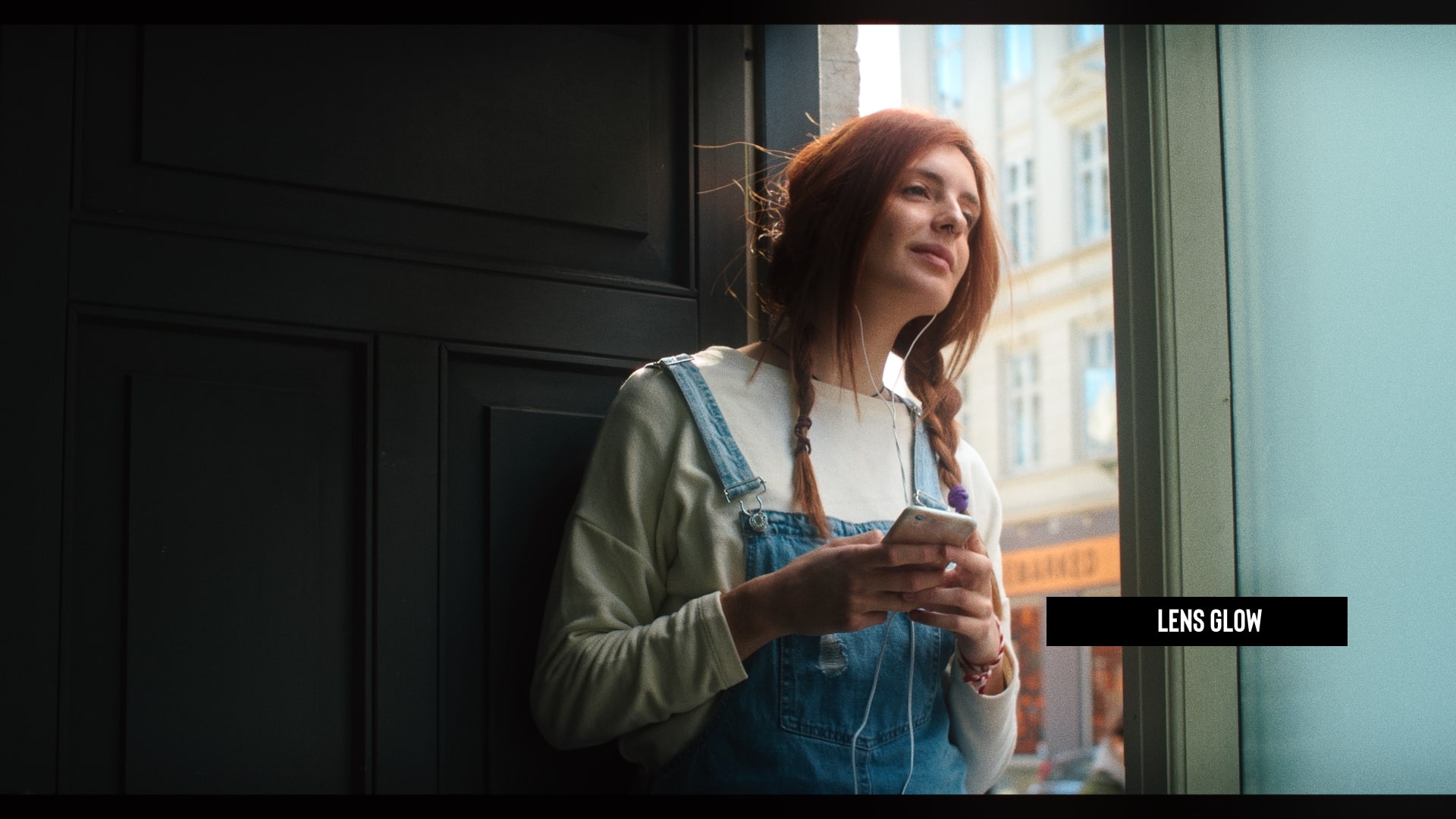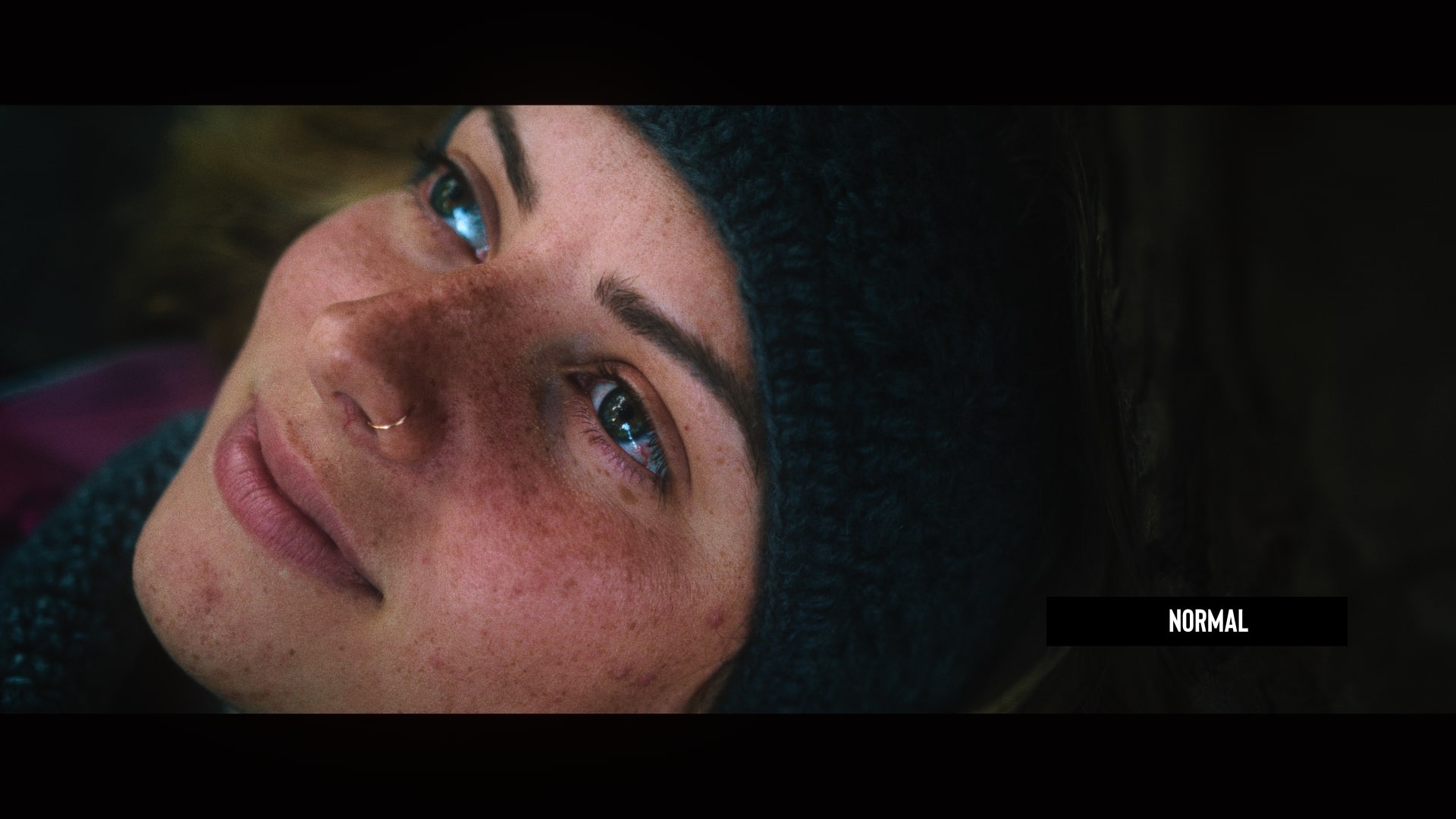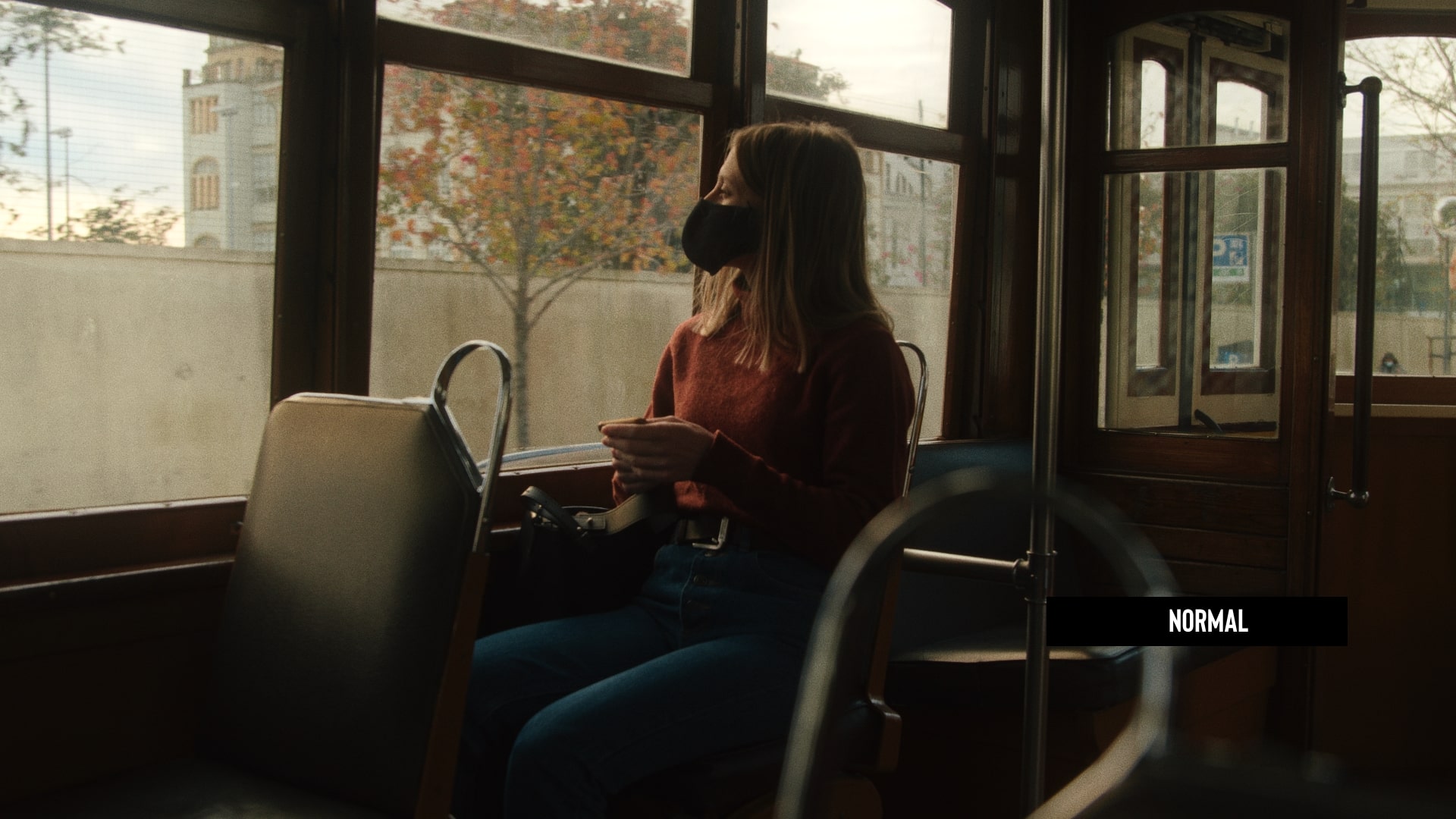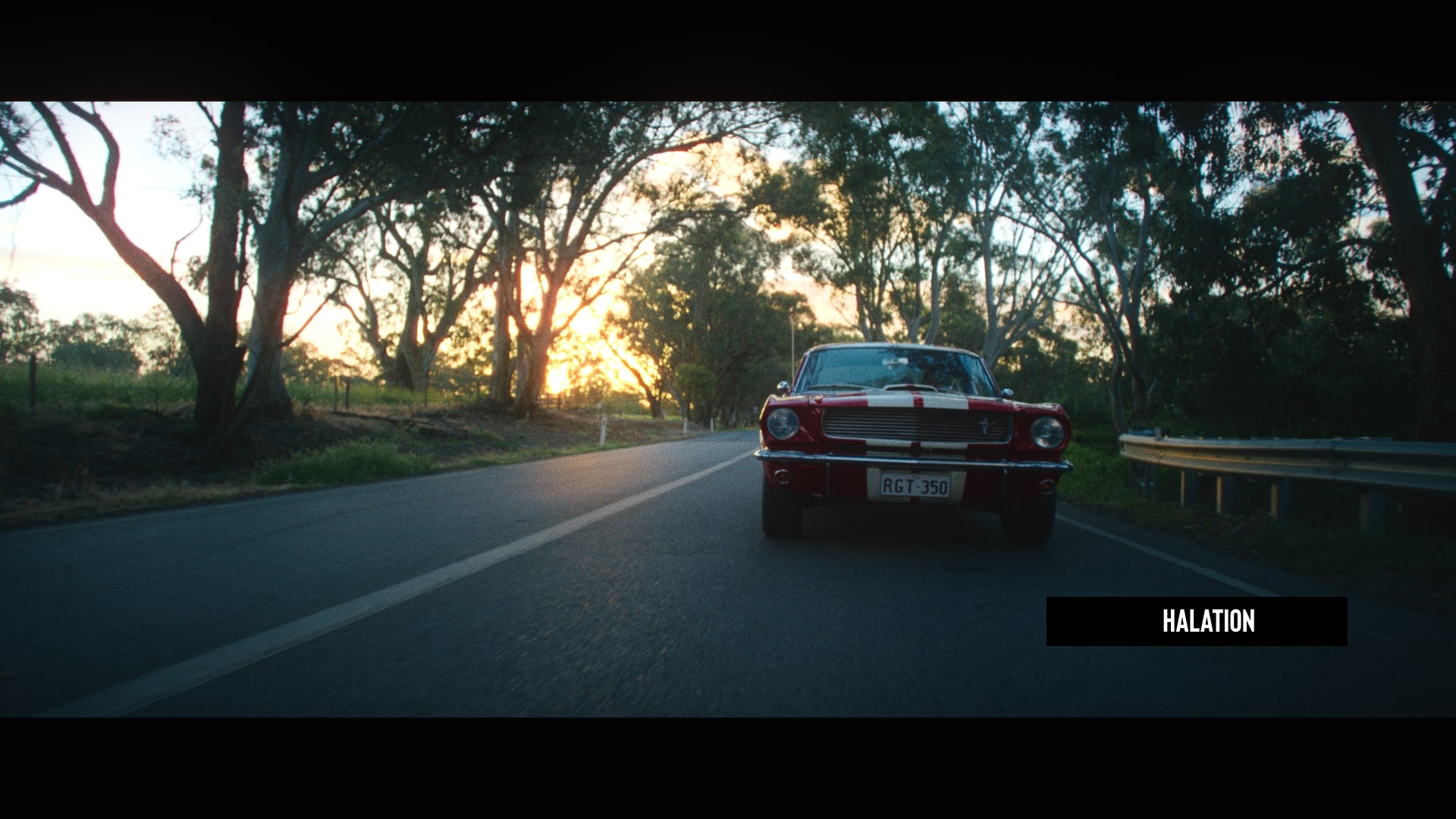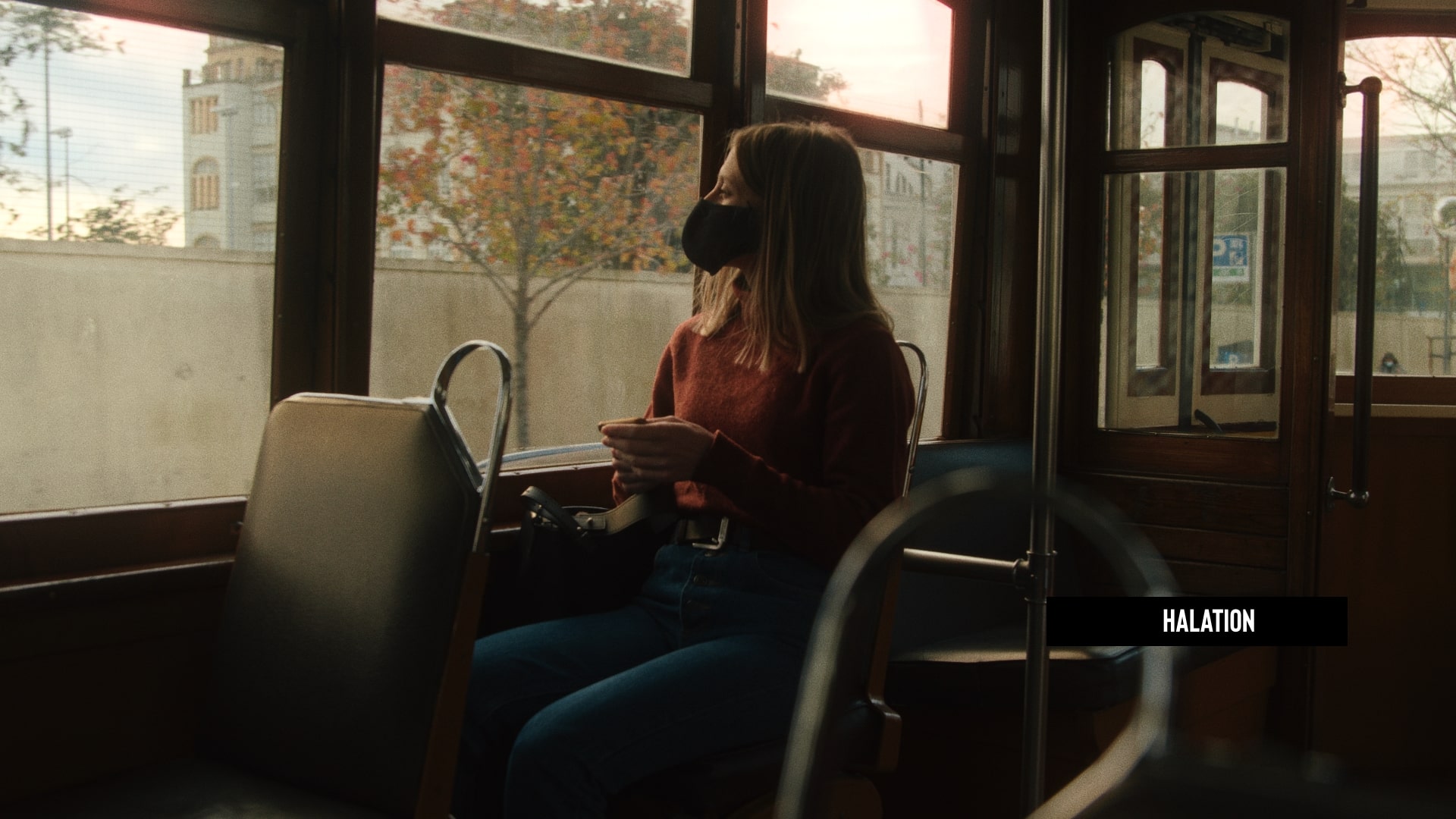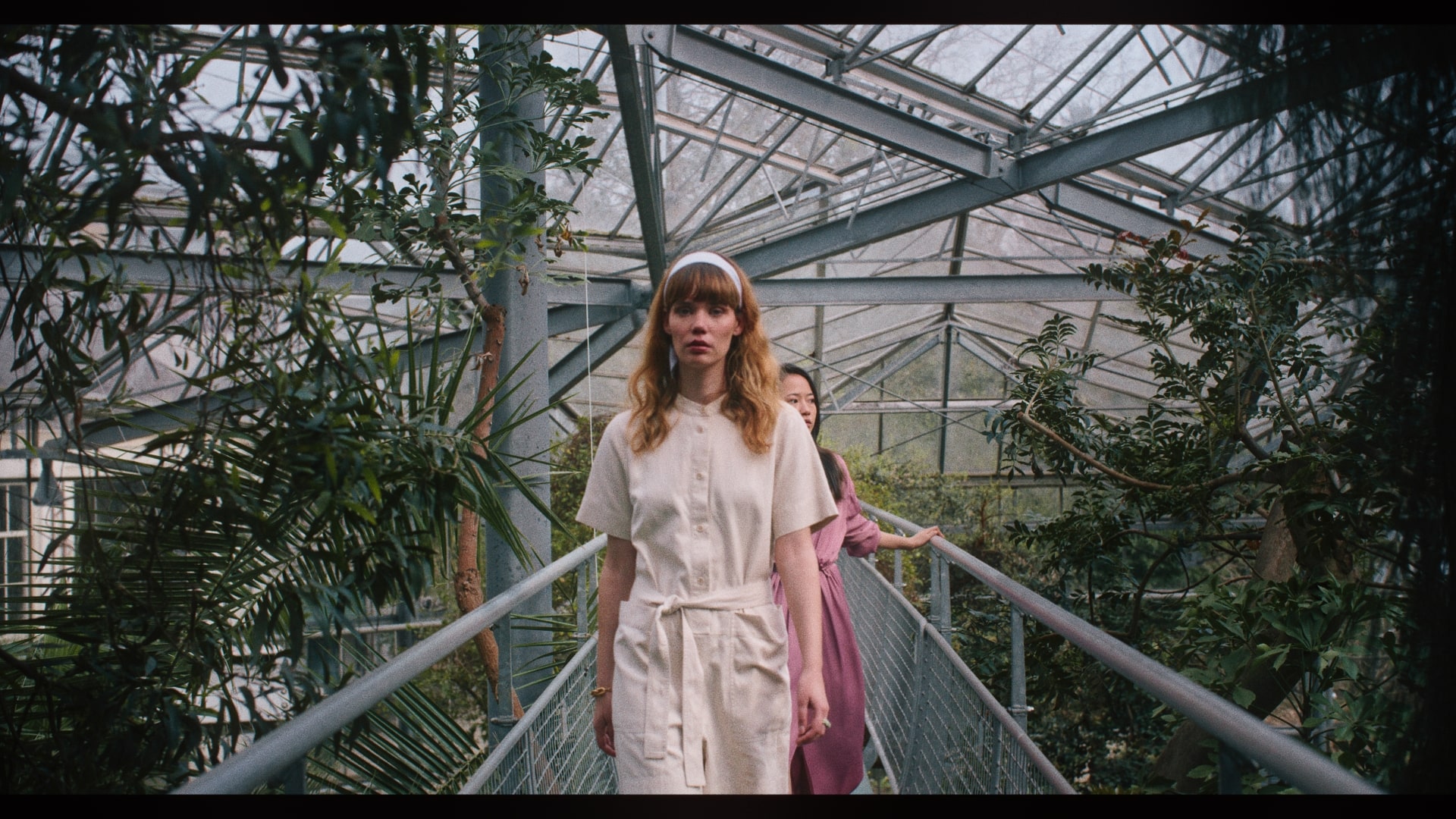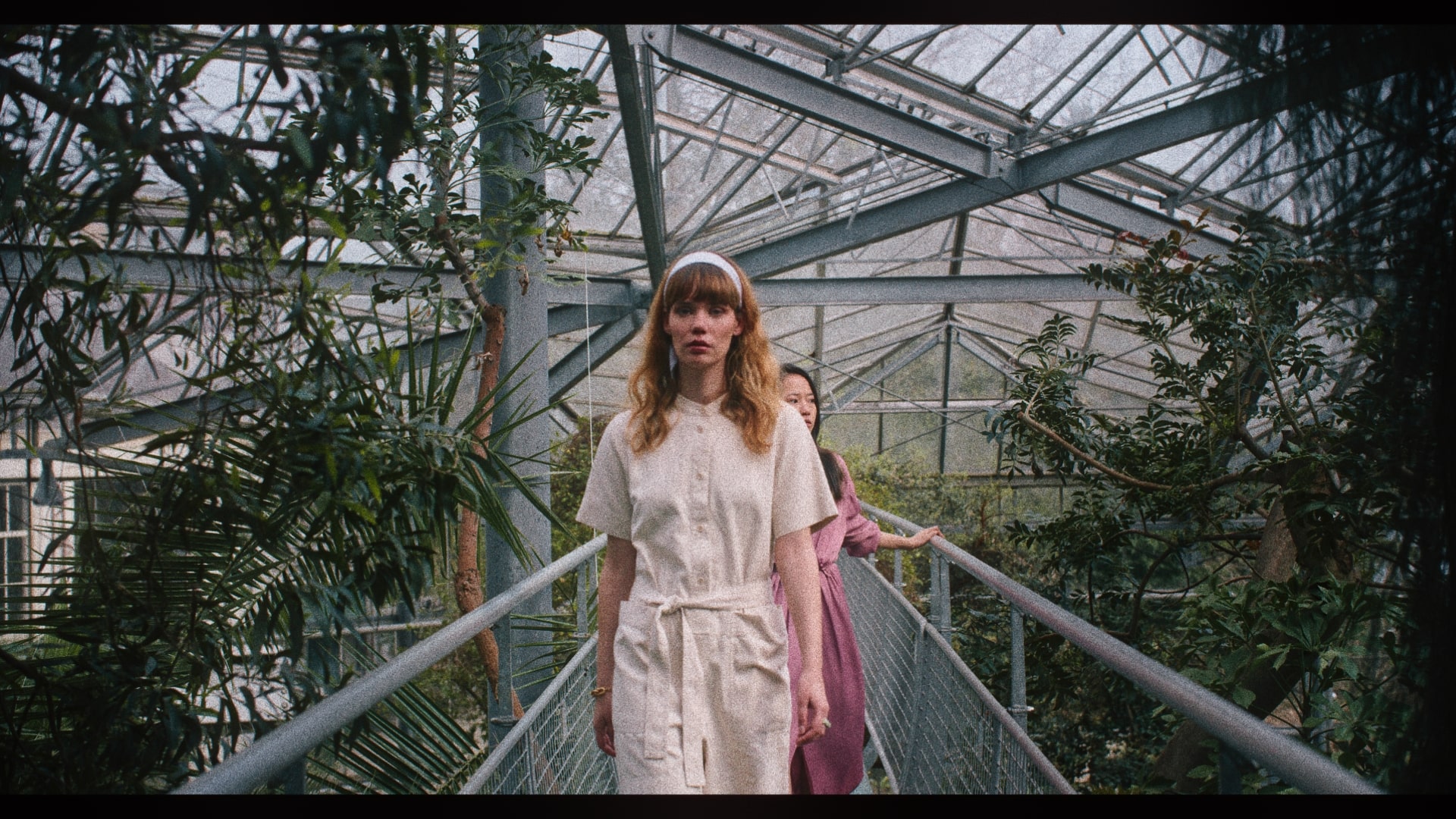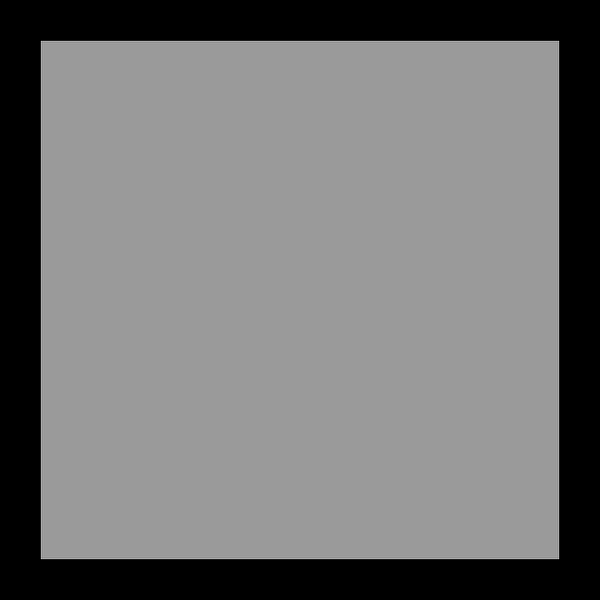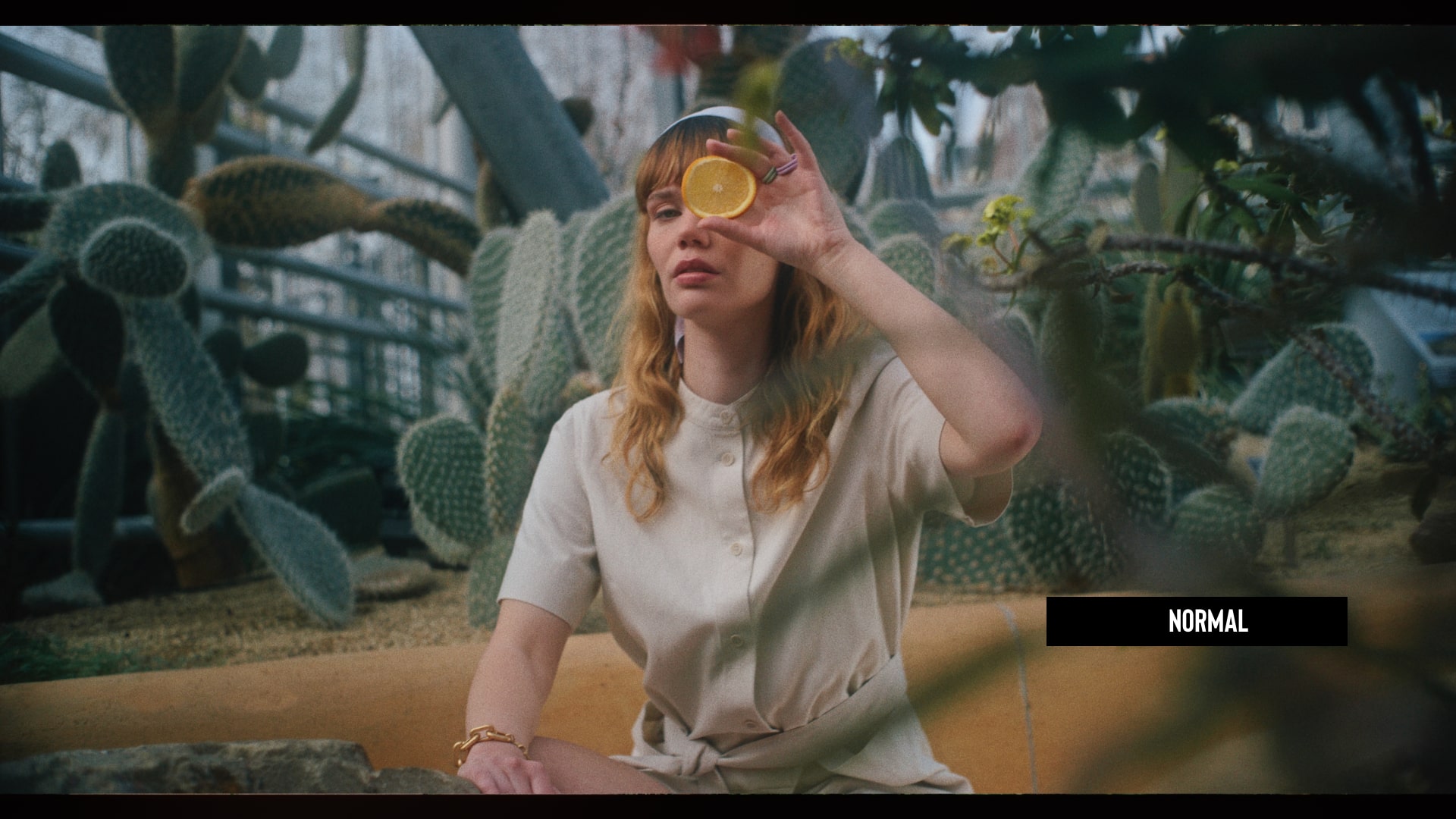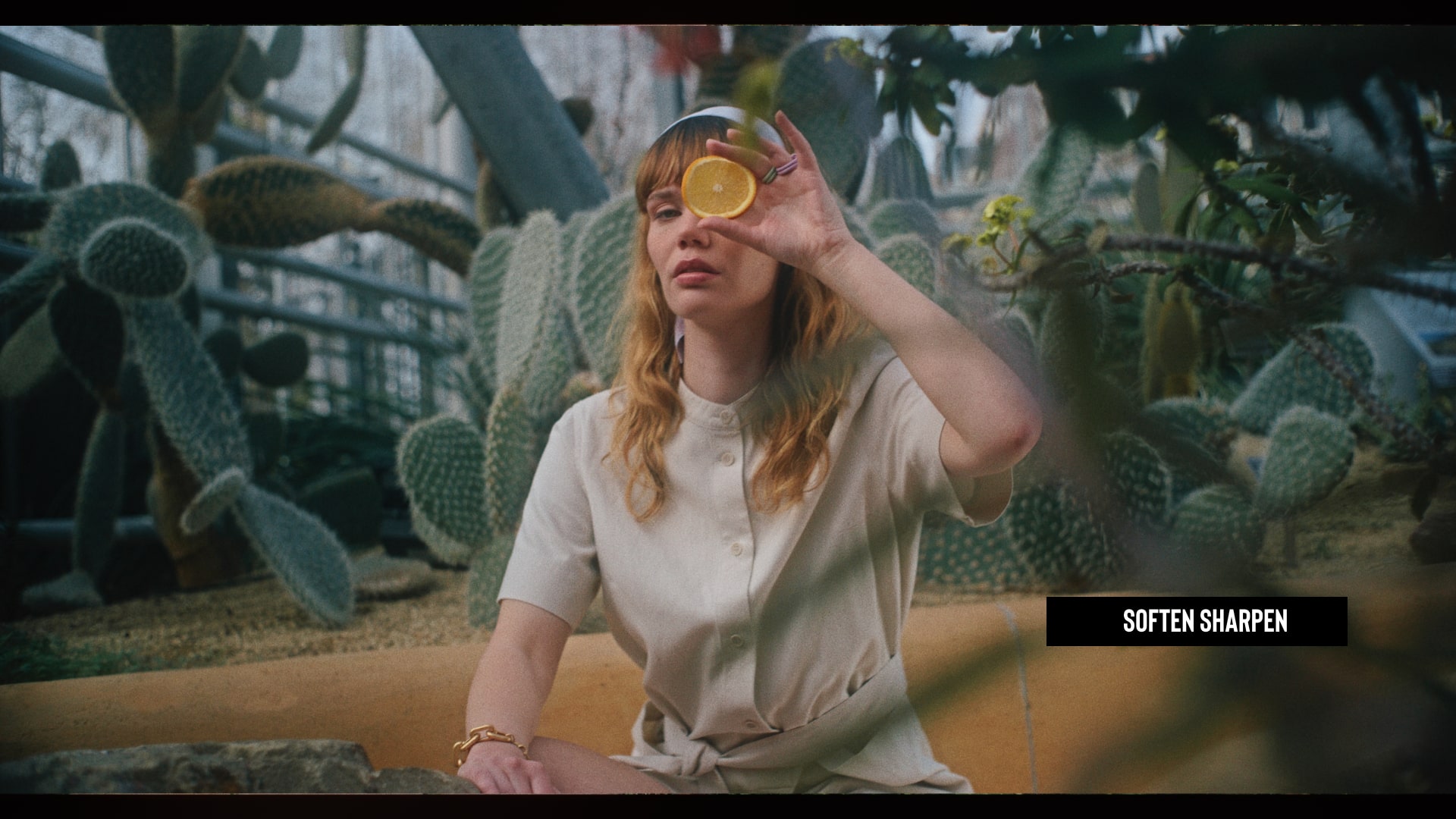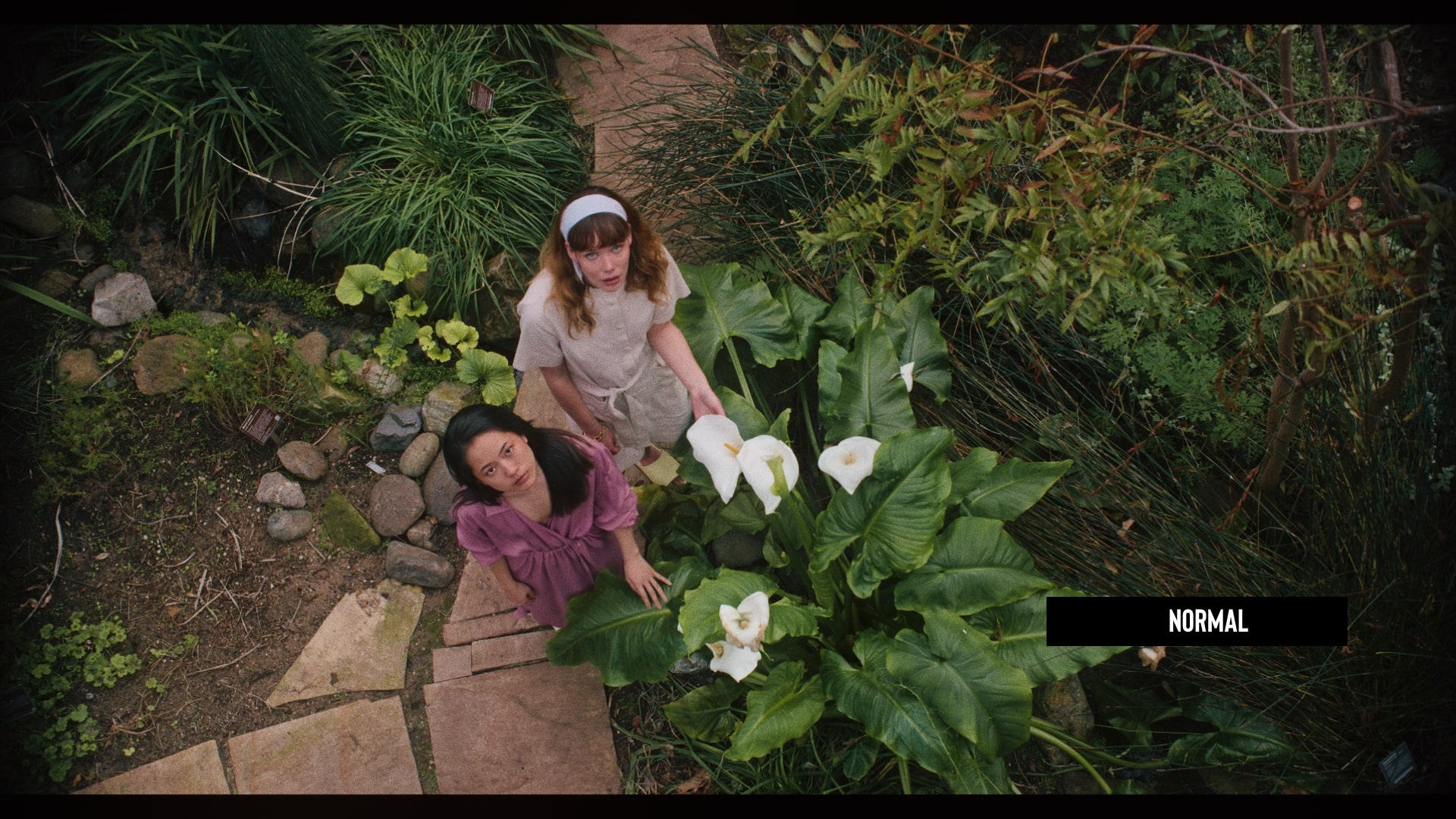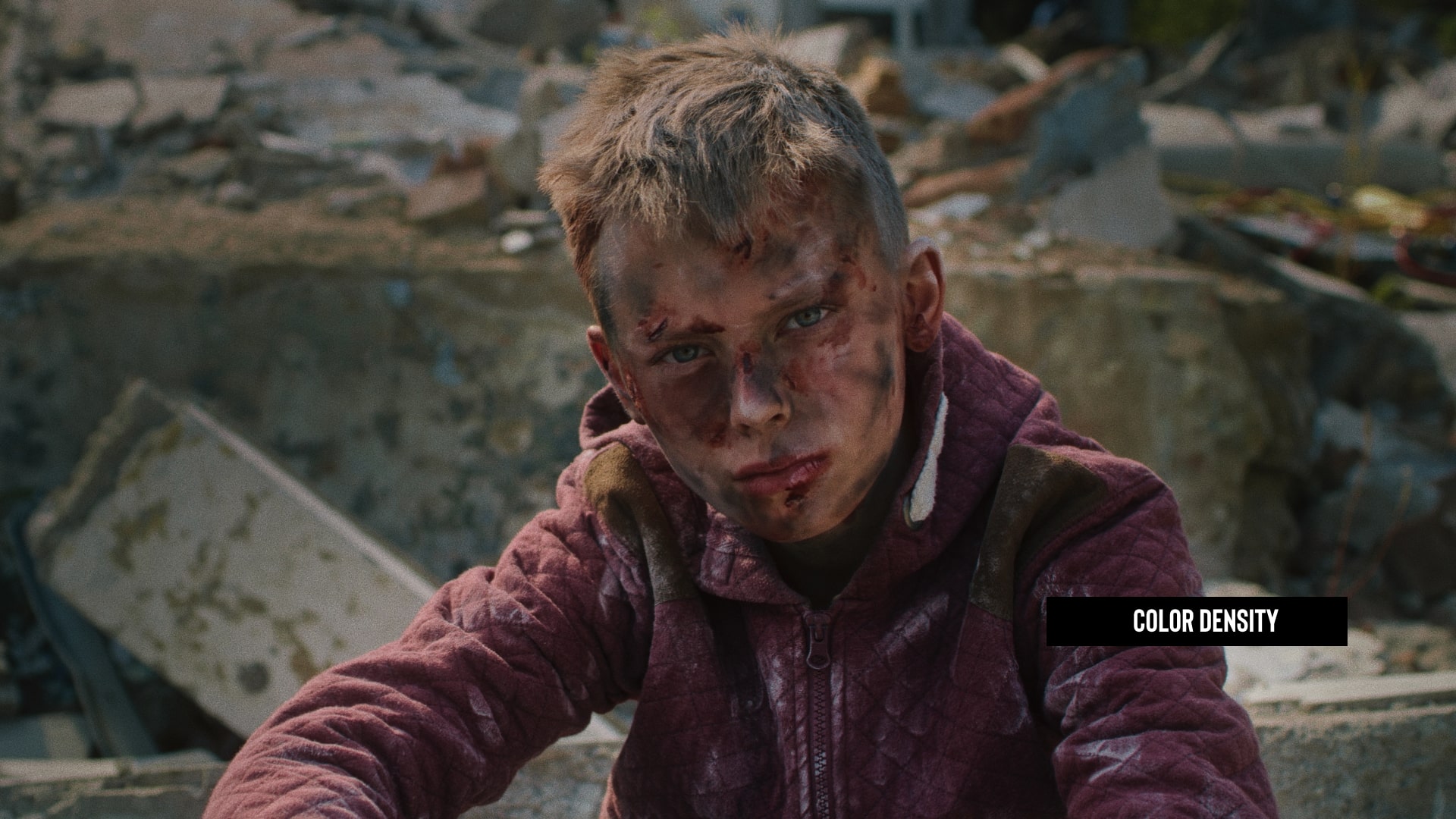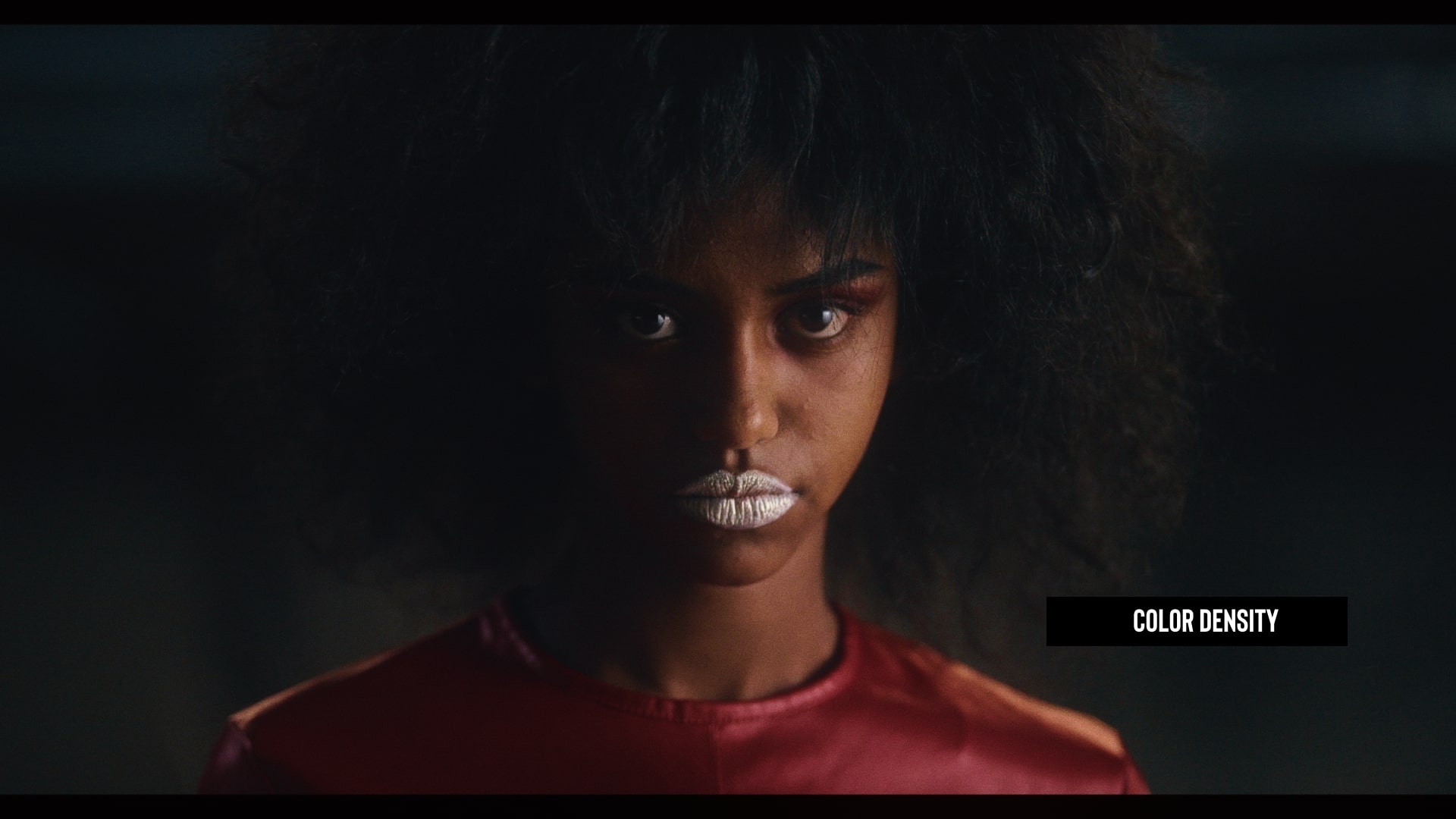PHOTOCHEMICAL
FILM LOOK
Here are the characteristics that I personally feel associate with film aesthetics. The film aesthetic does not end with matching colors. I’m interested in lens flaws like chromatic aberration, lens distortion, petzval field curvature, and so on. Furthermore, I’m also interested in special “sharpness aesthetics” and other texture elements like Halation, Flicker, Gate Weave and Film Damage.
FILM STOCK
Negative Film Stock
- Agfa XT 125
- Fuji Eterna 8543 Vivid
- Fuji Eterna 8553
- Fuji Eterna 8583
- Fuji Reala 8592
- Kodak 5203 Vision 3 50D
- Kodak 5207 Vision 3
- Kodak 5213 Vision 3
- Kodak 5219 Vision 3 500T
- Kodak 7207 Vision 3
- Kodak 7213 Vision 3
- Kodak Ektachrome 7294 Reversal
- Kodak Kodachrome 40 7268
Positive Film Stock
- Kodak Vision Color Print 2393
- Kodak Vision Color Print 2383
- Fuji Positive Print 3510
- Fuji Eterna CI 8503 Print
- CI 500D Gen 1
Our Mission
Lorem ipsum dolor sit amet, consectetur adipisicing elit. Repellat voluptate molestias, quaerat quo natus dolor harum voluptatibus modi dicta ducimus.
Lorem ipsum dolor sit amet, consectetur adipisicing elit. Harum quae officia earum dolore est quaerat cupiditate voluptatibus id, magni alias veniam voluptate, libero explicabo, distinctio atque!

Our Vision
Lorem ipsum dolor sit amet, consectetur adipisicing elit. Repellat voluptate molestias, quaerat quo natus dolor harum voluptatibus modi dicta ducimus.
Lorem ipsum dolor sit amet, consectetur adipisicing elit. Harum quae officia earum dolore est quaerat cupiditate voluptatibus id, magni alias veniam voluptate, libero explicabo, distinctio atque!

LENS CHARACTERISTICS
CHROMATIC ABERRATION
PETZVAL FIELD CURVATURE
LENS DISTORTION
CHROMATIC ABERRATION
Chromatic aberration is a failure of a lens, as a result of which light rays focus at different points depending on the wavelength. Lateral Chromatic Aberration is only seen at the edges of an image. Some lenses create complex color fringing that often combines two complimentary color types: red & cyan and/or blue & yellow. In the package you will find two chromatic aberration presets. In this package you will find two chromatic aberration presets.
LENS BLUR / PETZVAL FIELD CURVATURE
“Petzval’s curvature of field” is an optical problem that causes a flat object to appear in focus only in a certain part of the image, instead of being consistently sharp over the entire image area. It does this because of the curved nature of optical elements, which project the image curved rather than flat. In DaVinci Resolve, if you try the Lens Blur Open FX plugin or just draw an oval mask and blur it, the results are not satisfactory. As you can see at the images on the left. So I built my own PowerGrades for a lens blur effect that is more realistic.
LENS GLOW / BLOOM
The default setting of Davinci Resolve Glow OpenFX plugin reminds me a lot of the Black Pro-Mist Filter by Tiffen, which will reduce the contrast and overall brightness of your image. It creates a dreamy, blurry effect that “blooms” the lighting. My Powergrade is inspired by the Black Pro-Mist filter, but I’ve changed the settings a little so that it not only softens around the highlights, but instead subtly softens the entire image, which is suitable for day and night scenes.
HALATION
Halation is a characteristic of celluloid film when a bright light bounces back a few times exposing the film a second time only affecting the red layer (and a bit of the green layer) of the film resulting in a reddish/orange glow. The Halation tint may be different based on white balance adjustments / color grading.
Since Resolve version 17.3, an OpenFX halation tool has been included in the Studio version. It’s okay, but the edge detection seems a little buggy and can sometimes produce artifacts. I’m still using my specially created Halation Node tree, which I’ve modified minimally to increase the Halation effect, and the user manual shows you some tricks on how to create a second glow. It always helps to work with reference images to get the image right. Check out “A Study on Halation for inspiration, where I recently added some new still images.
GRAIN
Film grain is the random optical texture of processed photographic film of light-sensitive silver halides that change into pure metallic silver when exposed to light. In the image above, you can see a comparison between real grain and Resolve Grain.
The PowerGrade in this pack is the default OpenFX preset “16mm 500T” by DaVinci Resolve (Studio Version). I still think that “Resolve Grain” is pretty good, and the tool has all the sliders to emulate “real grain”. Like with Halation the best way to fine-tune the grain is to work with references, which you can find here.
GATE WEAVE & FLICKER
Film is always moving. When a film frame passes through a camera, scanner or projector, sprockets control the motion of the frames. A film can become warped or gear can wear out, causing the frame to appear to move side to side. For this pack I’ve added a few more nodes to the PowerGrade that emulate “micro jitter” combined with a node for the standard gate weave effect, inspired by movies from the 80’s and 90’s. I’ve also added a new “RGB Flicker” node that affects each RGB value separately, which is more accurate.
